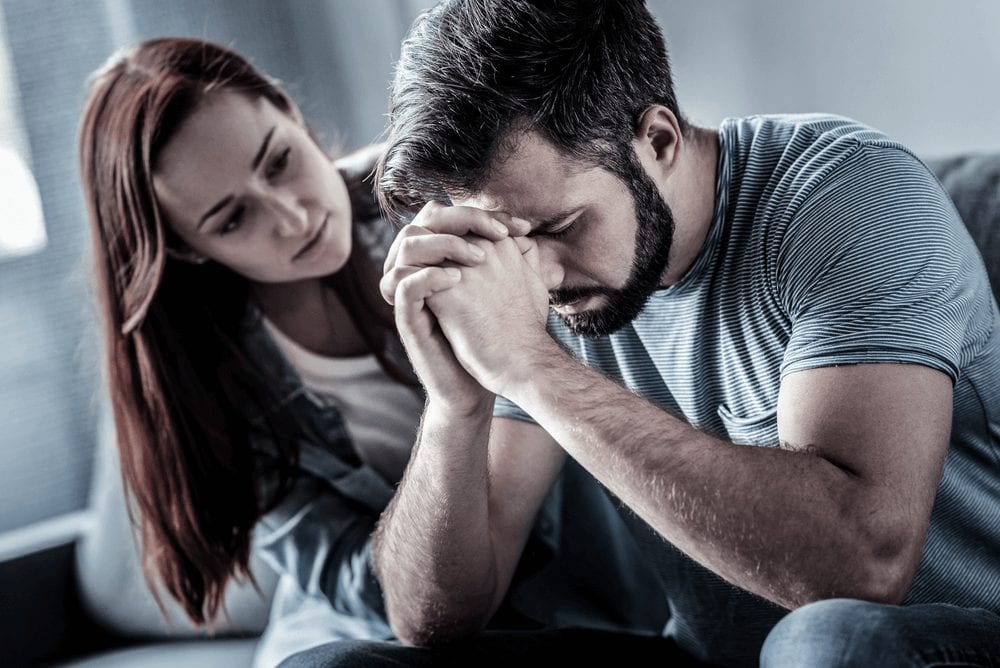Unheard things about scoliosis
Scoliosis is a three-dimensional deformity of the backbone. In simple terms, scoliosis is the abnormal a C or an S shape curvature of the spine. Usually, a patient is diagnosed with scoliosis when a spine curves greater than 10 degrees. Scoliosis is considered to be mild when it ranges from 10 to 20 degrees. Once a scoliosis curve has reached the 20-50 degree range, it is considered moderate. Severe scoliosis is diagnosed when it is greater than 50 degrees. If scoliosis is severe, meaning the spine curves more than 50 degrees, it can affect lung and other organ functions. Most cases of scoliosis are idiopathic, meaning that the cause of scoliosis is unknown. However, the condition can be hereditary, so a child with scoliosis might have family members who have it. Also, scoliosis is believed to involve a combination of genetic and environmental factors. Sometimes scoliosis can be caused by conditions such as cerebral palsy, muscular dystrophy, and tumors such as neurofibromatosis, etc. There are a variety of treatments used to treat scoliosis. The right treatment is determined by the size of the curve and the age of the patient. Depending on the severity of the spine curvature, the first step is typically observation to see how the curvature changes over time. Bracing and surgery are additional treatment options. It is preferred to treat scoliosis conservatively and with physical therapy. If you have questions about how physical therapy may help you, do not hesitate to ask your doctor or healthcare professional for information.




